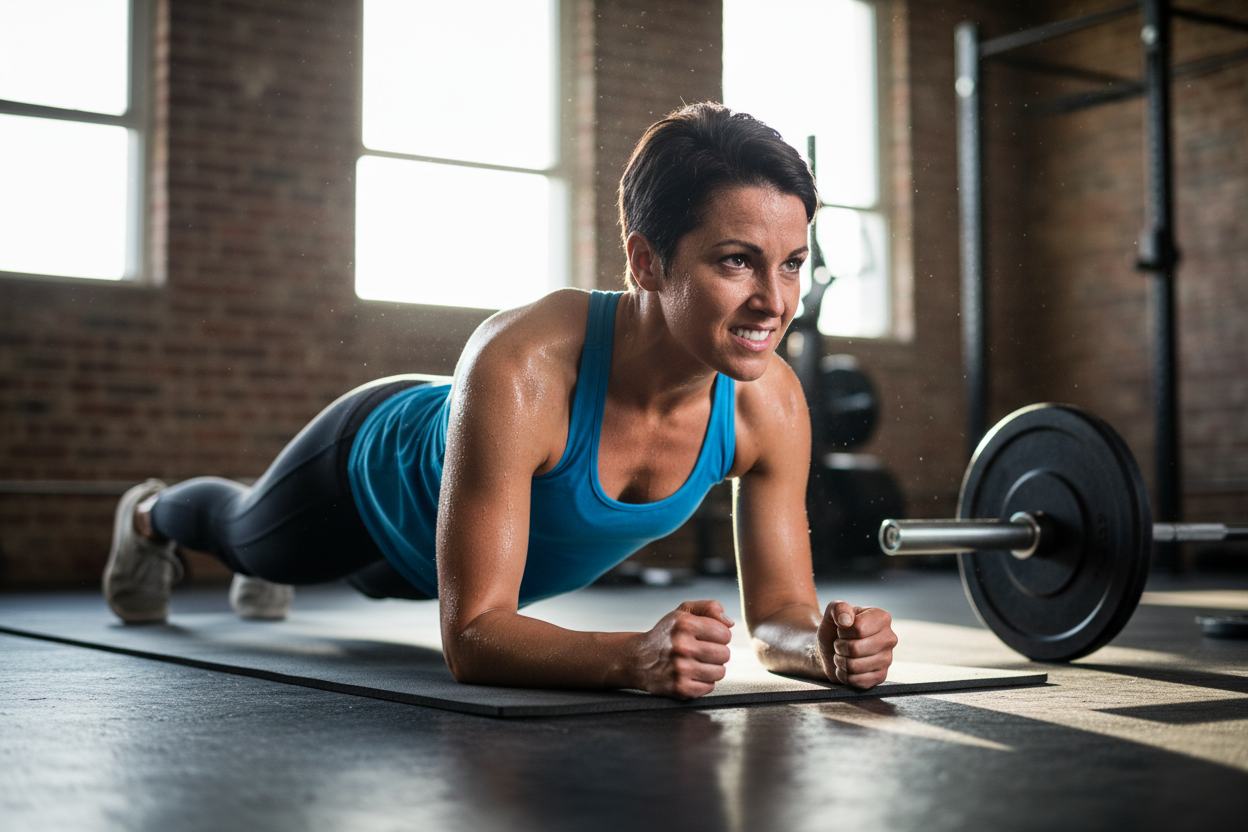
The Science Behind Why Your Clothes Influence Your Movement (And Why It Starts With Underwear)
New research from Victoria University has confirmed something we've observed in our community for years: what you wear genuinely influences how active you are. But while the headlines focus on leggings and sports bras, the real foundation of this psychological phenomenon starts with a layer most people never think about.
The Research That Changes Everything
Studies from Victoria University and institutions worldwide have revealed that simply putting on activewear can nudge people, particularly women, toward healthier choices. Instead of staying on the couch, people in activewear are more likely to take a walk, choose the stairs, or engage in spontaneous movement.
This isn't just correlation – it's a psychological phenomenon called "enclothed cognition," where what we wear subconsciously influences our thoughts and behaviors.
Sports psychologist Dr. Jo Lukins, who has spent over three decades studying motivation and performance, confirms the connection is real. She explains this as "behavioral priming" – the idea that clothing can push us toward certain behaviors without conscious effort.
Why Your Foundation Layer Matters Most
Here's what the research doesn't fully explore: the psychology of activewear starts with your most intimate layer. Before you even consider your leggings or sports bra, your underwear sets the tone for how comfortable and confident you feel in your body.
Think about it: if your underwear is uncomfortable, rides up, or creates visible lines, you're already starting from a place of distraction and self-consciousness. That blazer that makes you feel confident for a job interview? It only works if everything underneath supports that feeling.
The Comfort-Confidence Connection
Dr. Lukins notes that comfort and body image play crucial roles in this psychological priming. If someone feels self-conscious in activewear, it can have the opposite effect, making them less likely to move.
This is where the foundation layer becomes critical. Seamless, moisture-wicking underwear that moves with your body removes potential barriers before they can derail your motivation. When you forget you're wearing underwear – when it becomes invisible to your consciousness – you're free to focus on movement instead of adjustments.
Beyond the Gym: The All-Day Effect
The research suggests that wearing activewear throughout the day creates more opportunities for incidental movement. But this only works when your entire outfit system supports comfort and confidence.
Consider these scenarios:
- Morning school run: Comfortable base layers mean you're more likely to walk instead of drive
- Lunch break: Proper underwear support makes that impromptu yoga class feel possible
- Weekend errands: No wardrobe distractions means you might choose the longer walking route
- Evening activities: Comfort throughout the day leaves energy for after-work movement
The Quality Factor
Not all activewear creates equal psychological impact. Dr. Lukins points out that clothing designed purely for style might not encourage activity if it's not comfortable or functional for movement.
Studies show that features like breathable fabrics and temperature regulation boost our willingness to get active, while soft, flexible materials may improve performance. This principle applies even more strongly to your foundation layer, which is in constant contact with your skin.
The Sustainable Psychology Approach
Interestingly, this research supports a more sustainable approach to activewear. Instead of buying multiple outfit combinations, investing in high-quality foundation pieces that work with various outer layers creates both psychological and practical benefits.
When your base layer performs consistently – staying dry, comfortable, and secure through any activity – it removes decision fatigue about what to wear for different types of movement.
Making It Work for You
To harness this psychological advantage:
1. Start with your foundation: Choose underwear that eliminates rather than creates sensory distractions
2. Prioritize comfort over appearance: Your underwear should be invisible to your consciousness
3. Choose technical fabrics: Moisture-wicking and seamless construction support all-day wear
4. Think system, not pieces: Your foundation should work with any outer layer combination
The Bigger Picture
This research validates what many active women have discovered through experience: when your clothes support rather than hinder movement, activity becomes more accessible and appealing.
The psychology of enclothed cognition isn't just about leggings making you feel athletic. It's about removing barriers between intention and action, starting with the layer closest to your skin.
When researchers study why some people maintain active lifestyles while others struggle, clothing comfort consistently emerges as an overlooked factor. Your foundation layer might be the smallest investment in your active wardrobe, but psychologically, it could be the most impactful.
The Foundation of Movement
While the headlines celebrate the power of activewear to motivate movement, the real story begins with foundation garments that work invisibly to support your active intentions. Because the best activewear psychology starts with forgetting you're wearing anything at all.
Ready to experience how the right foundation layer can transform your relationship with movement? Your most comfortable, confident, active self might be just one wardrobe decision away.



